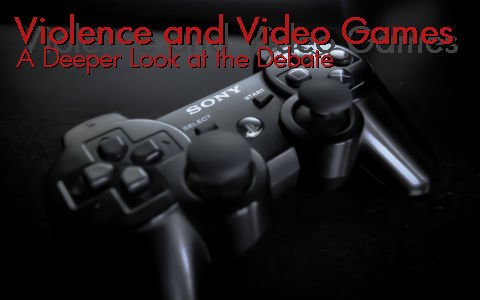Last week, we explored Anderson’s first experiment; this week, we delve deeper into the experiments conducted to answer that age-old question: do video games cause violence?
The second experiment in the study used Competitive Reaction Time, a technique that is frequently employed to measure hostility and aggression for psychology studies. Subjects again played video games and were then put into what they were told was a competitive “game” against another subject. The “game” was about which player could be the quickest to push a button after an auditory signal, and the winner gets to blast the loser with an unpleasant noise (jack-hammering, or the like) at a volume level and duration of their choosing (within reasonable limits, of course). The subjects aren’t told that they’re not actually playing against another human, or that a computer has already assigned them 13 wins and 12 losses.
Again, the experiment group was more aggressive than the control group, blasting what they believed to be a human opponent with louder punishment noise than did the control group.
Dr. Bushman used the Competitive Reaction Time method in a different study that’s being thrown around by folks who would like to see this link scientifically established, and it’s due to be published in the Journal of Experimental Social Psychology in March. The methods are similar, but this time the idea was to chart the “long-term” effects. In this case, “long-term” means over the course of three days, not years or a lifetime. Bushman obtained similar results, and subjects were even more aggressive in their noise blasting on the third day than they were on the first. Bushman summarizes the results and holds them up as long-term effects, which has landed him in the media spotlight as of late.
Join us next week when we take a look at some criticism that has been leveled at the Anderson and Bushman experiments and add some of our own criticisms to that list.

